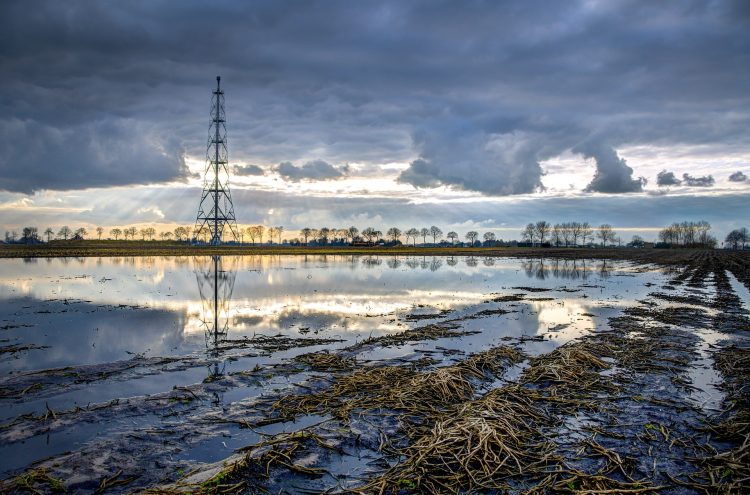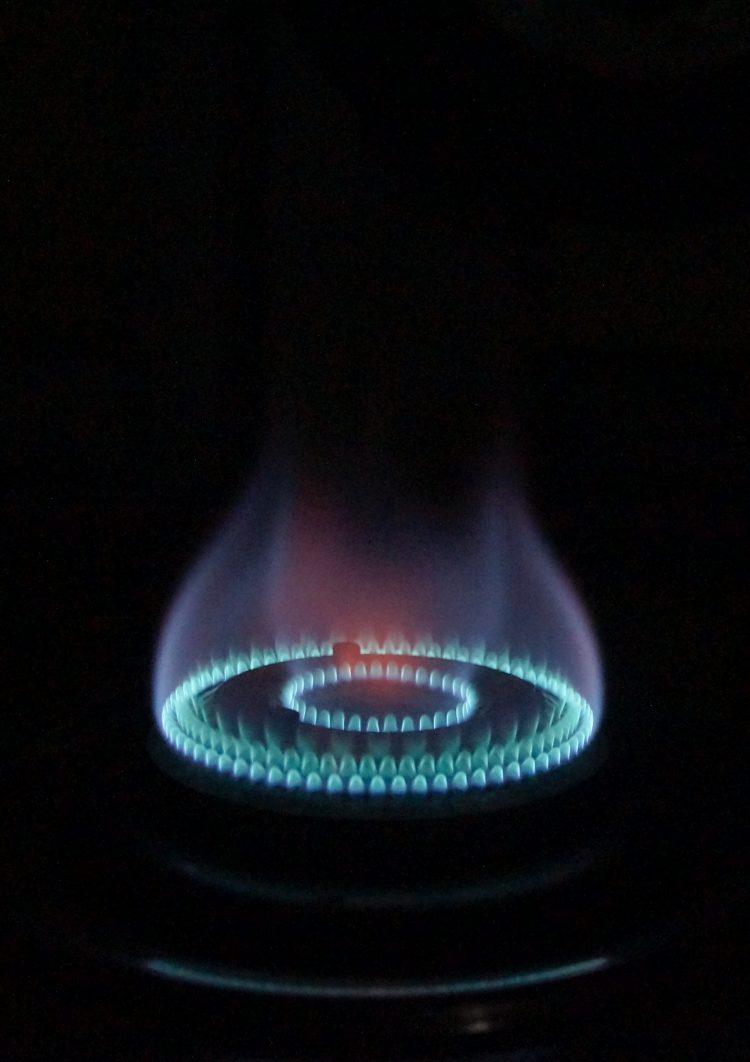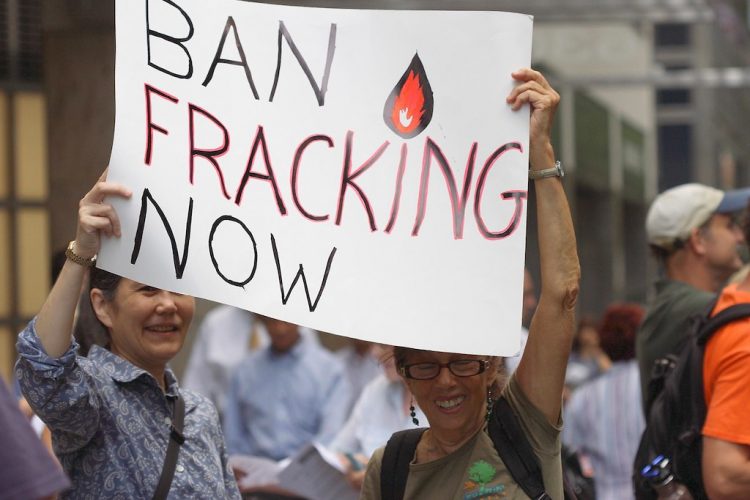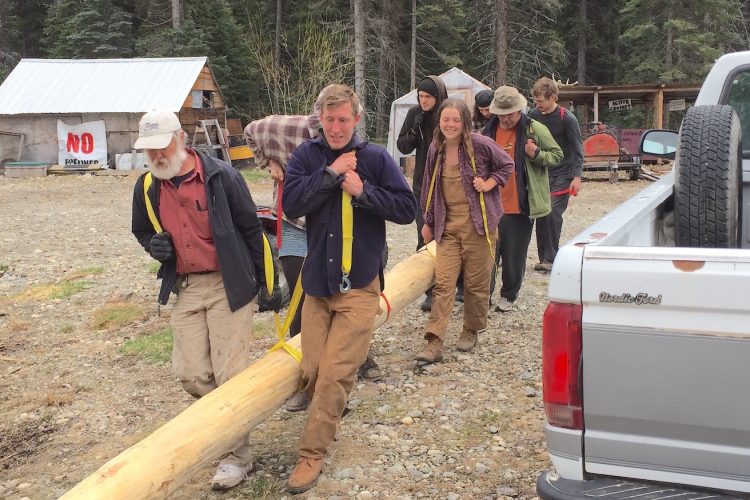The Myth of a Century of Natural Gas in the U.S.
In arguing against fracking, it is important to debunk the myth that the U.S. has enough natural gas reserves to fulfill our need for the next 100 years. It is equally necessary to discuss the plan by gas companies to make the export of natural gas the next big moneymaker, so that much of the supply will not be made available for U.S. consumption anyway.
To debunk the myth of 100 years of natural gas, it is necessary first to state that the gas companies and their trade organization spend a great deal of money on public relations. Their message is intended to create a sense of well-being because of the abundance of gas without, of course, any mention of climate change. Americans are regularly exposed to this messaging, and it is necessary to recognize its influence over public opinion.

Richard Heinberg’s book Snake Oil: How Fracking’s False Promise of Plenty Imperils Our Future provides powerful counters to industry spin. Heinberg explains how claims about gas result from data gleaned from the best wells, very early in production. Fracking wells share the characteristic of a short productive life, with a peak that occurs very early and drops off sharply, unlike conventional wells. “Average monthly decline rates are 24%, with 75% of wells declining 20-35% per month.” Researcher David Hughes authored a paper called “Drill, Baby, Drill,” widely considered the most important study of these aspects of fracking. In it, Hughes states that the 100-year claim is “an extremely aggressive forecast, considering that most of this production is from unproven resources and would entail a drilling boom that would make the environmental concerns with hydraulic fracturing experienced to date pale by comparison.” Heinberg himself calls the 100-year forecast “clearly not based on realistic public data,” and pegs reserves to more like a 24-year supply. Another researcher, Rafael Sandrea, calls it at ten years.16
In response, fracking operators drill many wells very close together, perforating the land, looking for “sweet spots.” They have to do this in order to keep production level, let alone increase it. “The wells in core areas…do tend to be productive and profitable….These are not comparable to the conventional oil and gas finds of the mid-20th century…However, these compact core areas tend to be drilled out fairly quickly….Overall…the industry’s claims for how much oil and gas can be extracted, at what rate, and how profitably, are wildly overblown.”17 (Italics original.) As frackers exhaust the sweet spots and drill further and further away from them, their profits dwindle. This little known pattern undermines claims of U.S. reserves as well as the wisdom of continuing to rely on them.

16 Quotations in this paragraph come from Snake Oil, chapter 3
17 Snake Oil, p. 65

